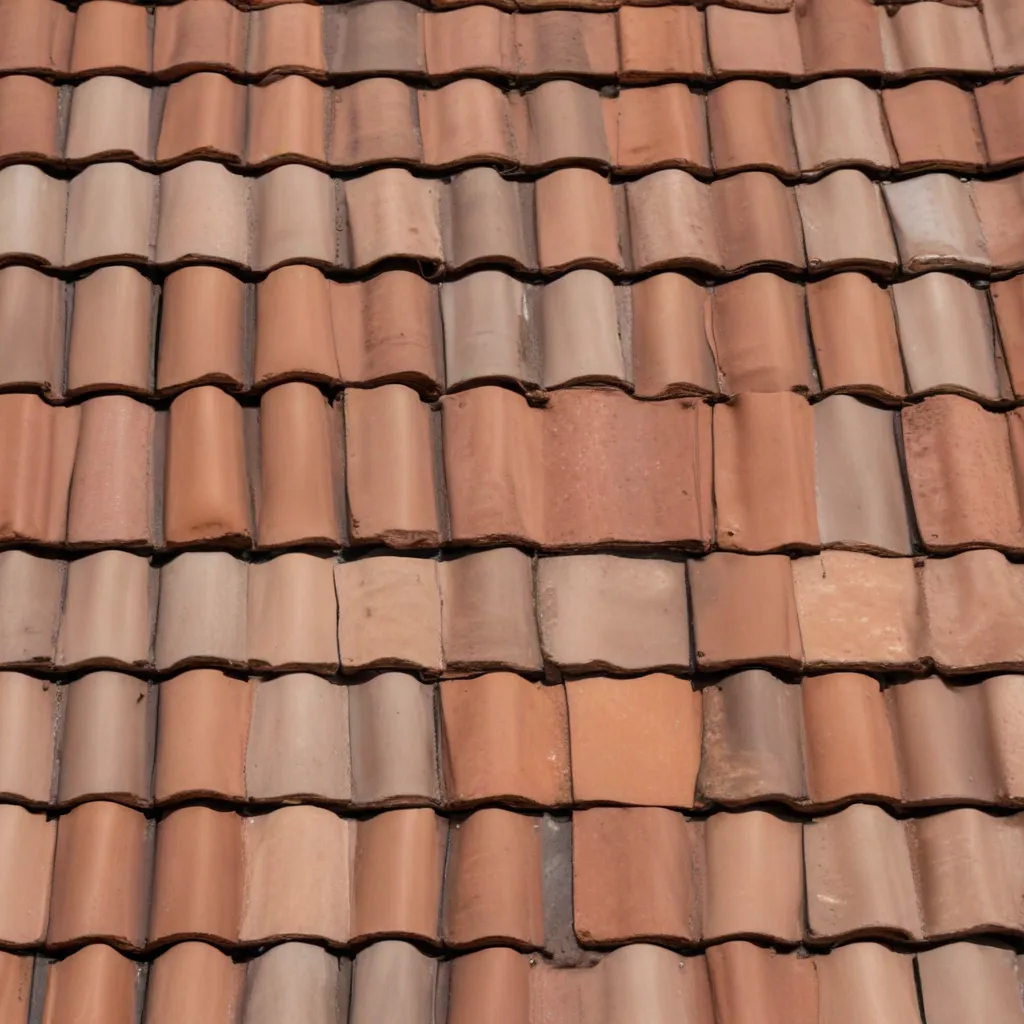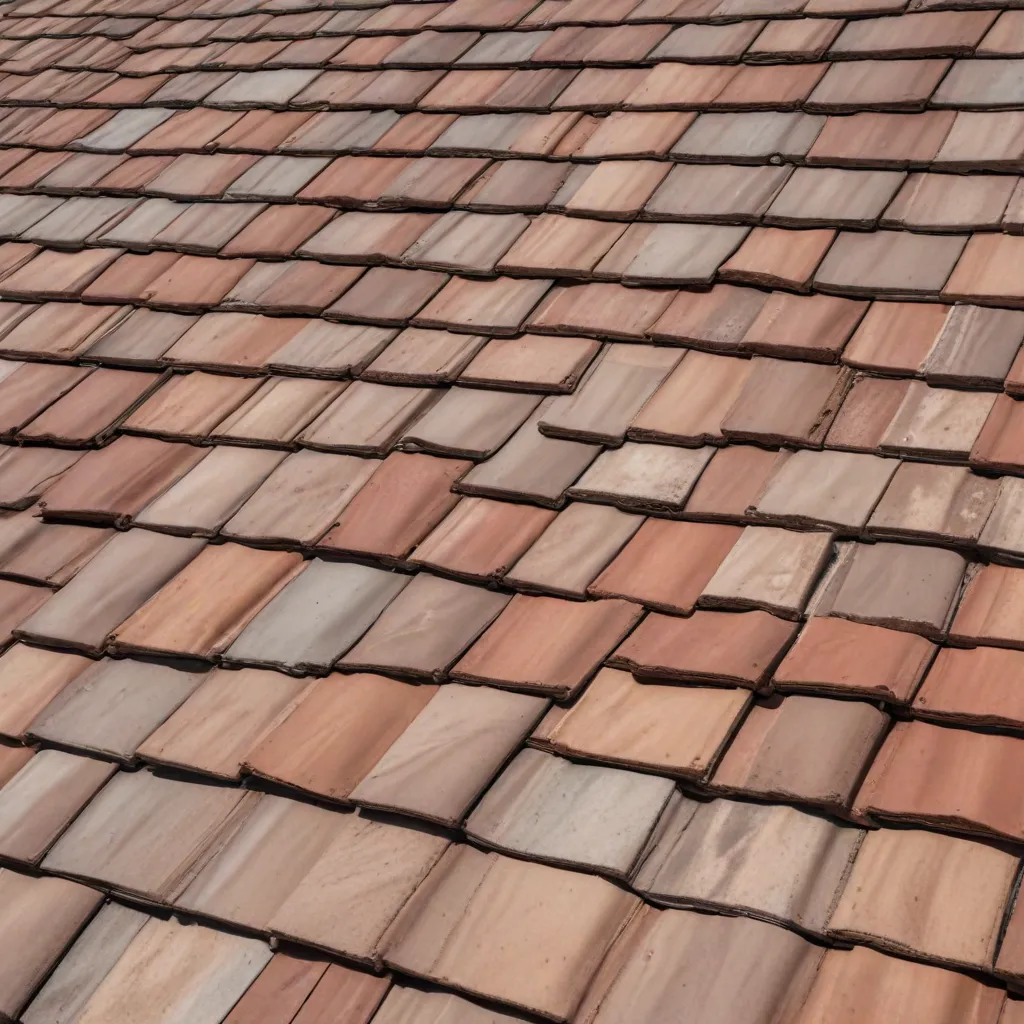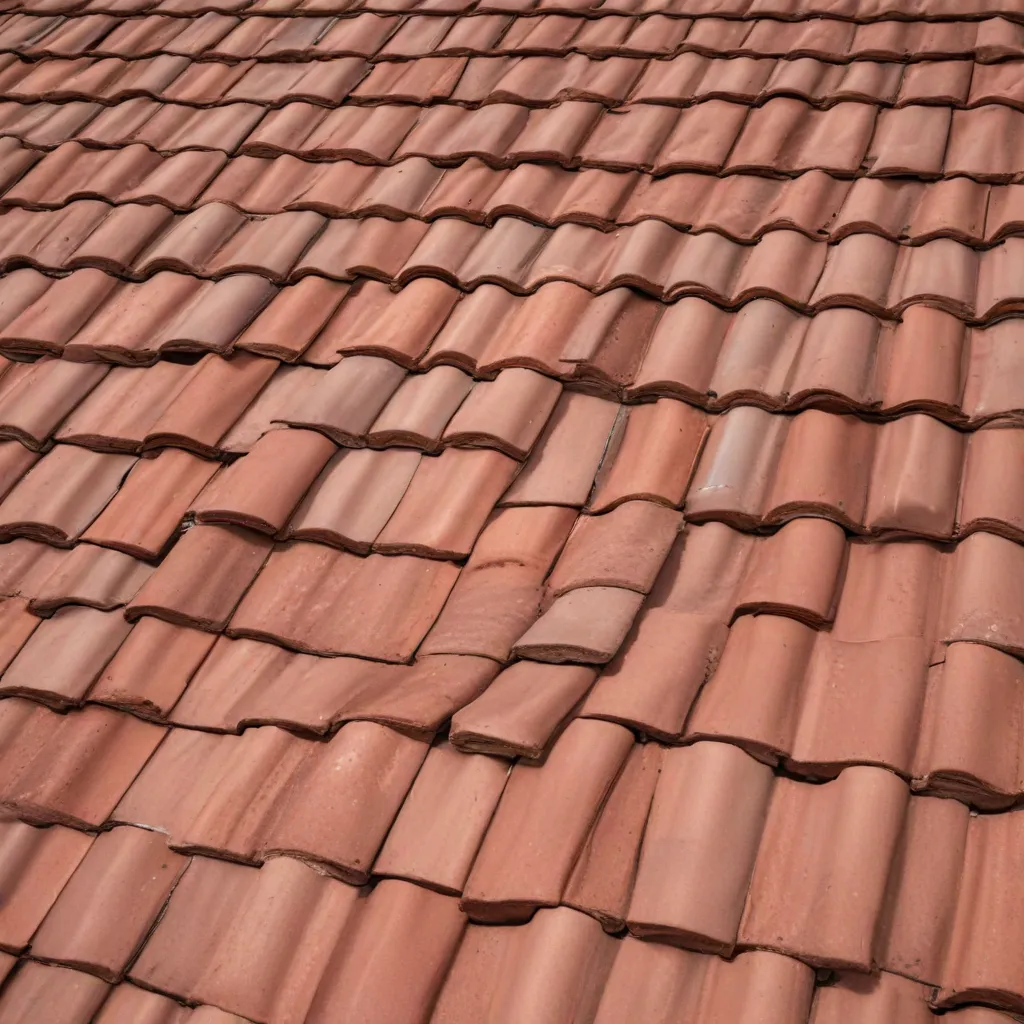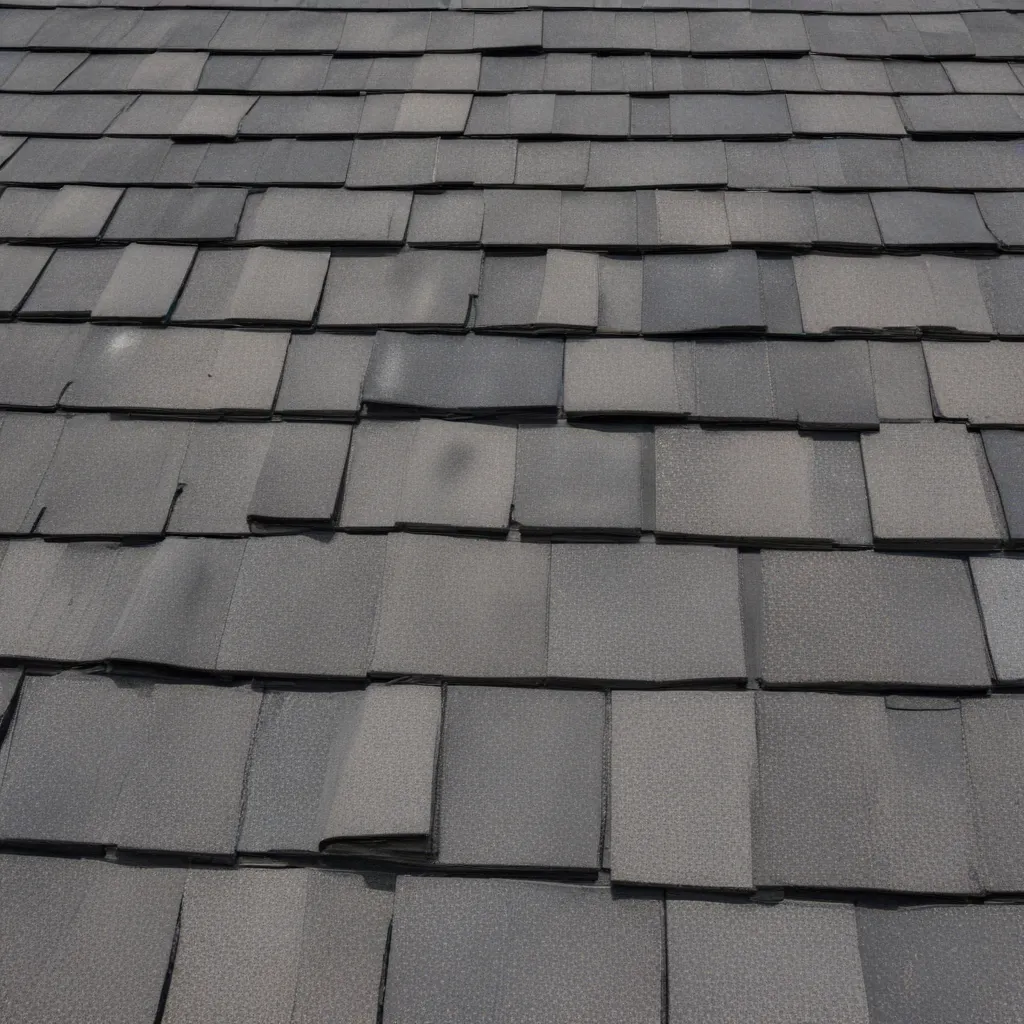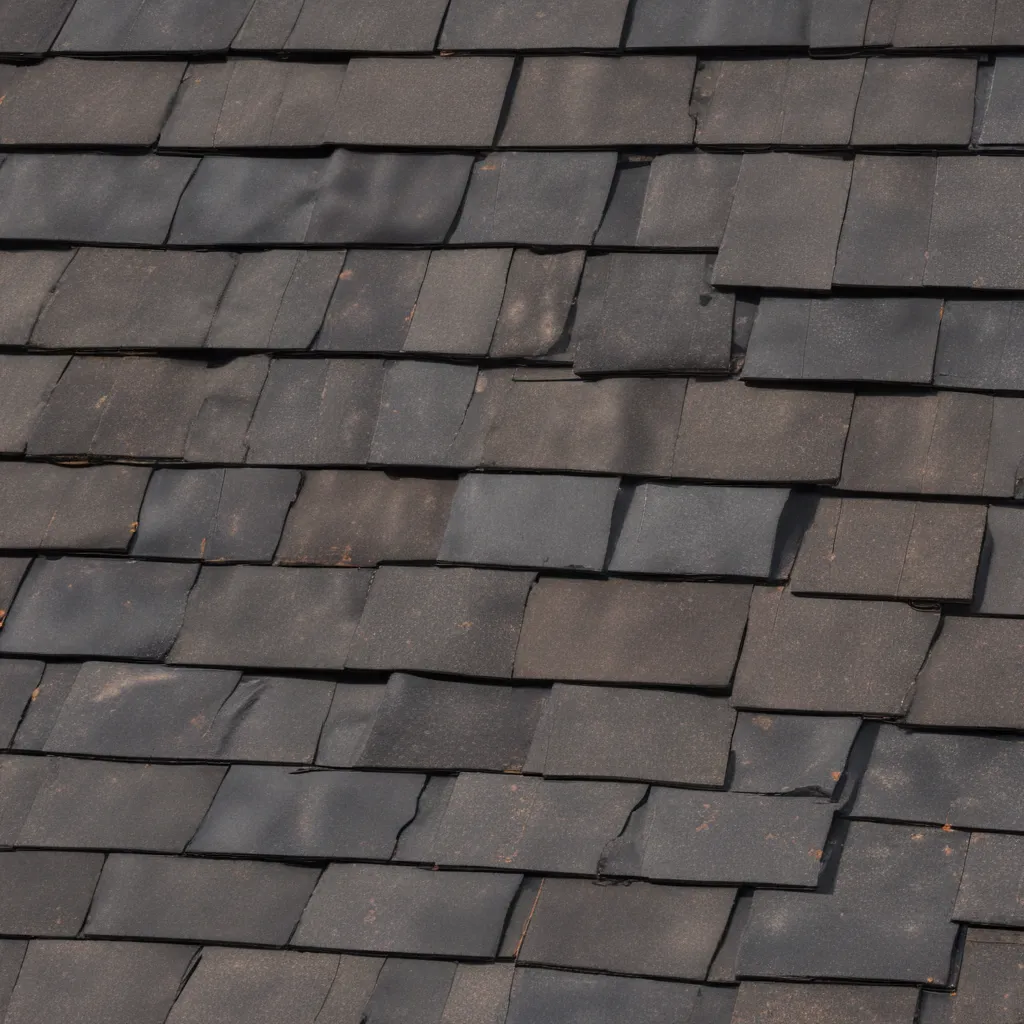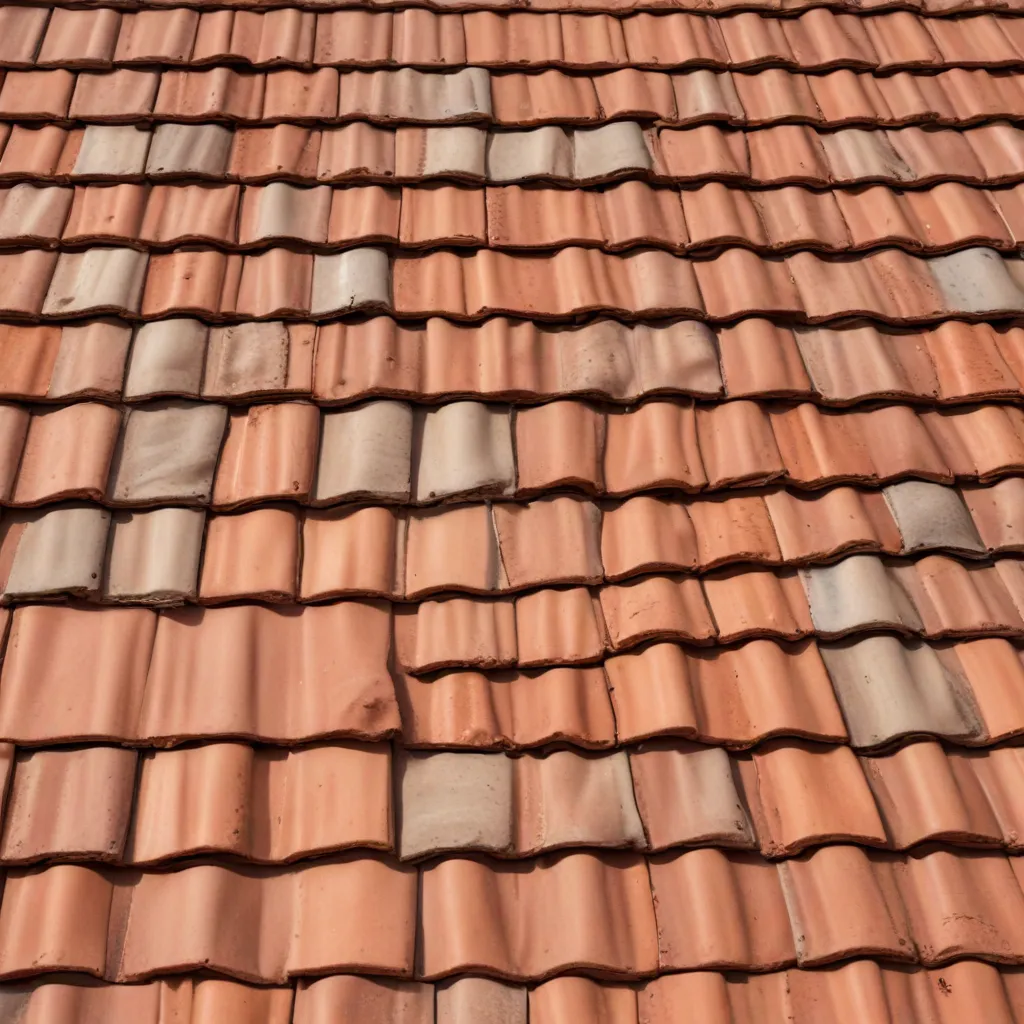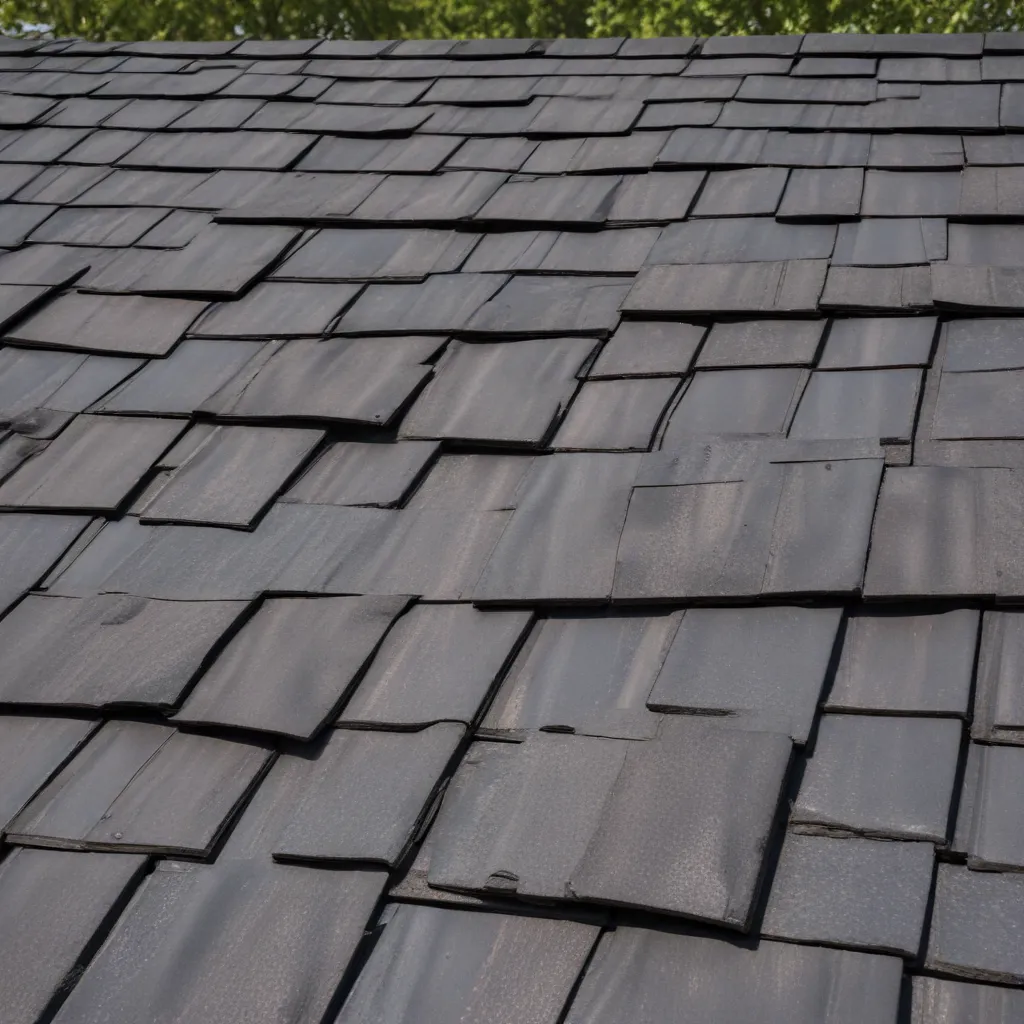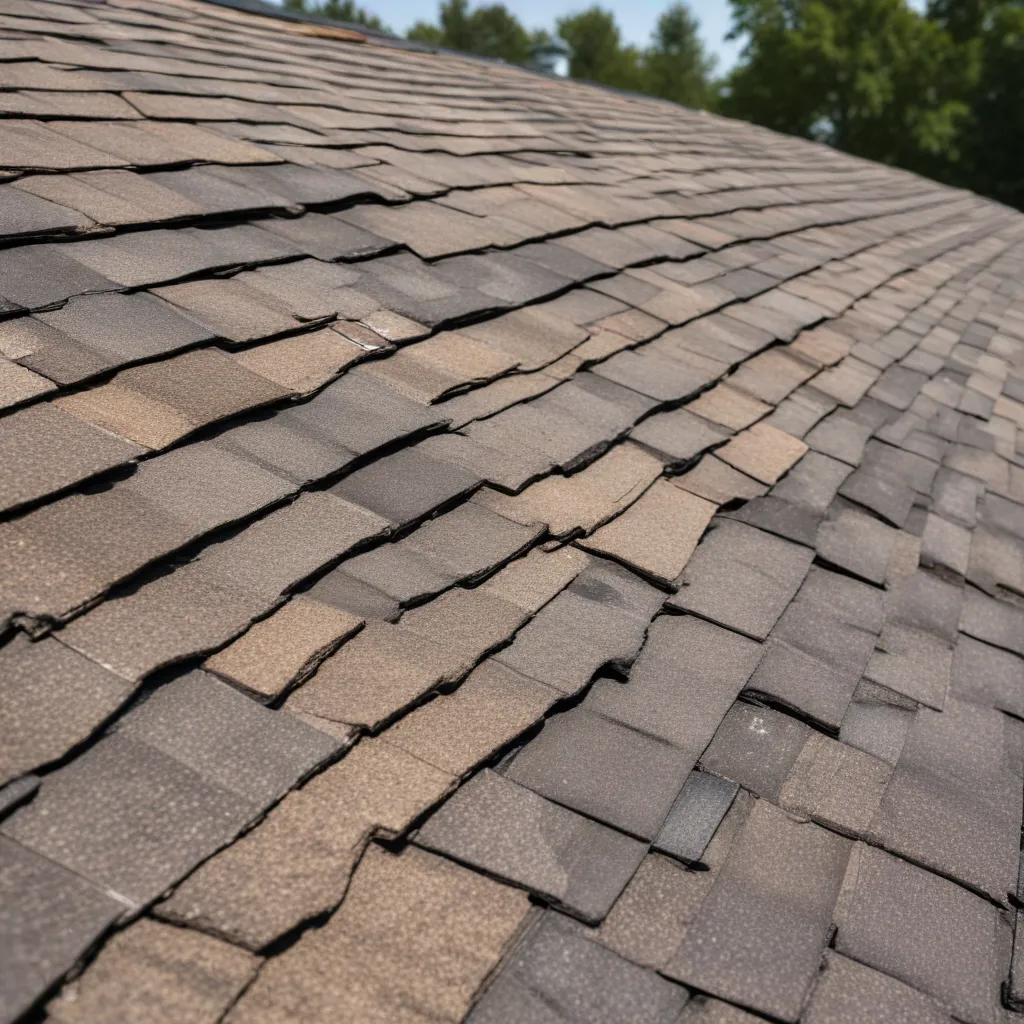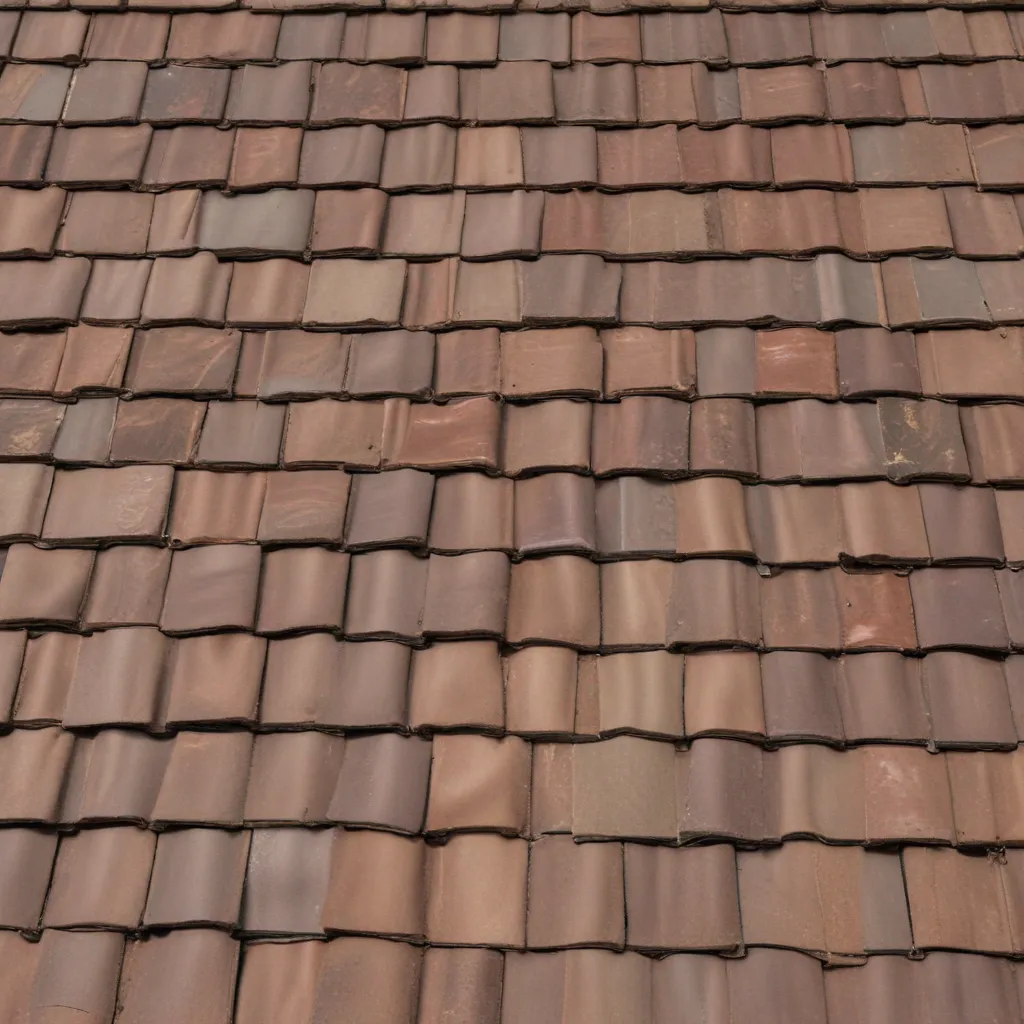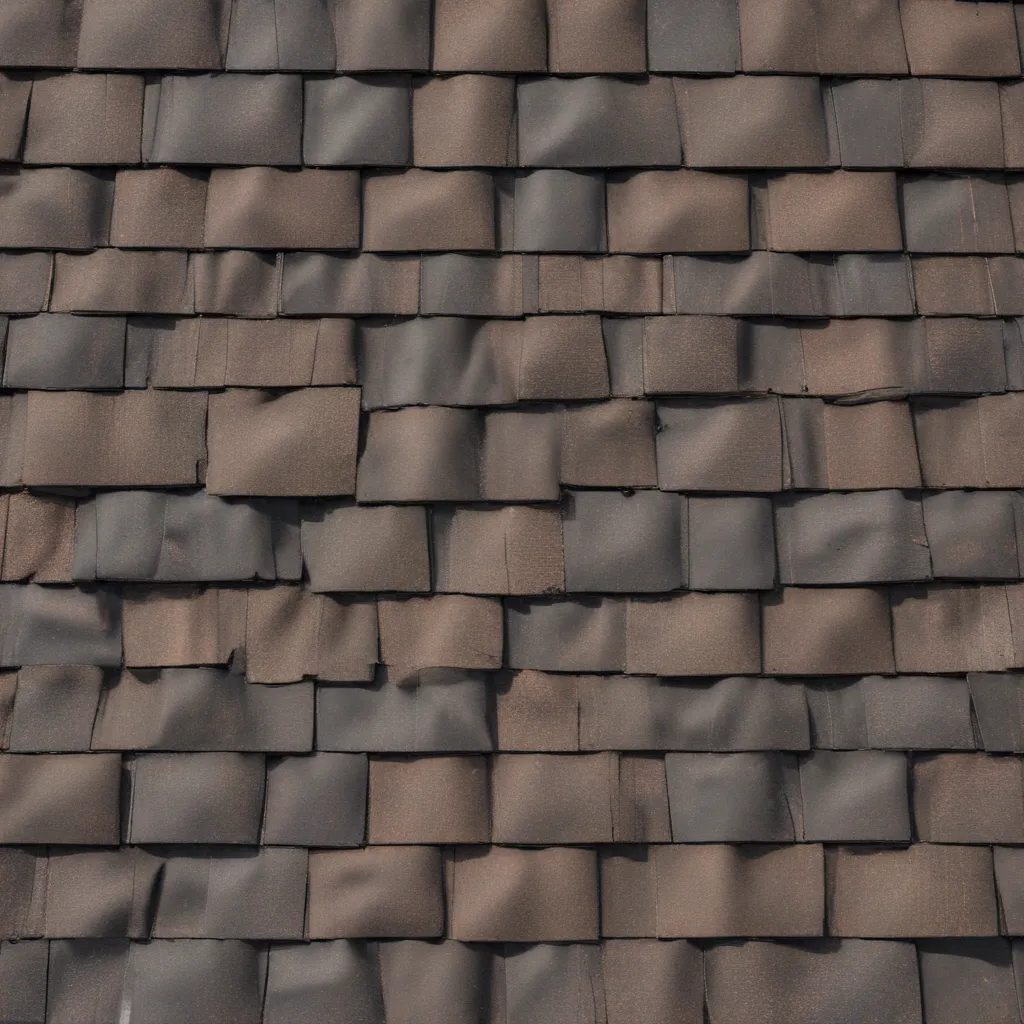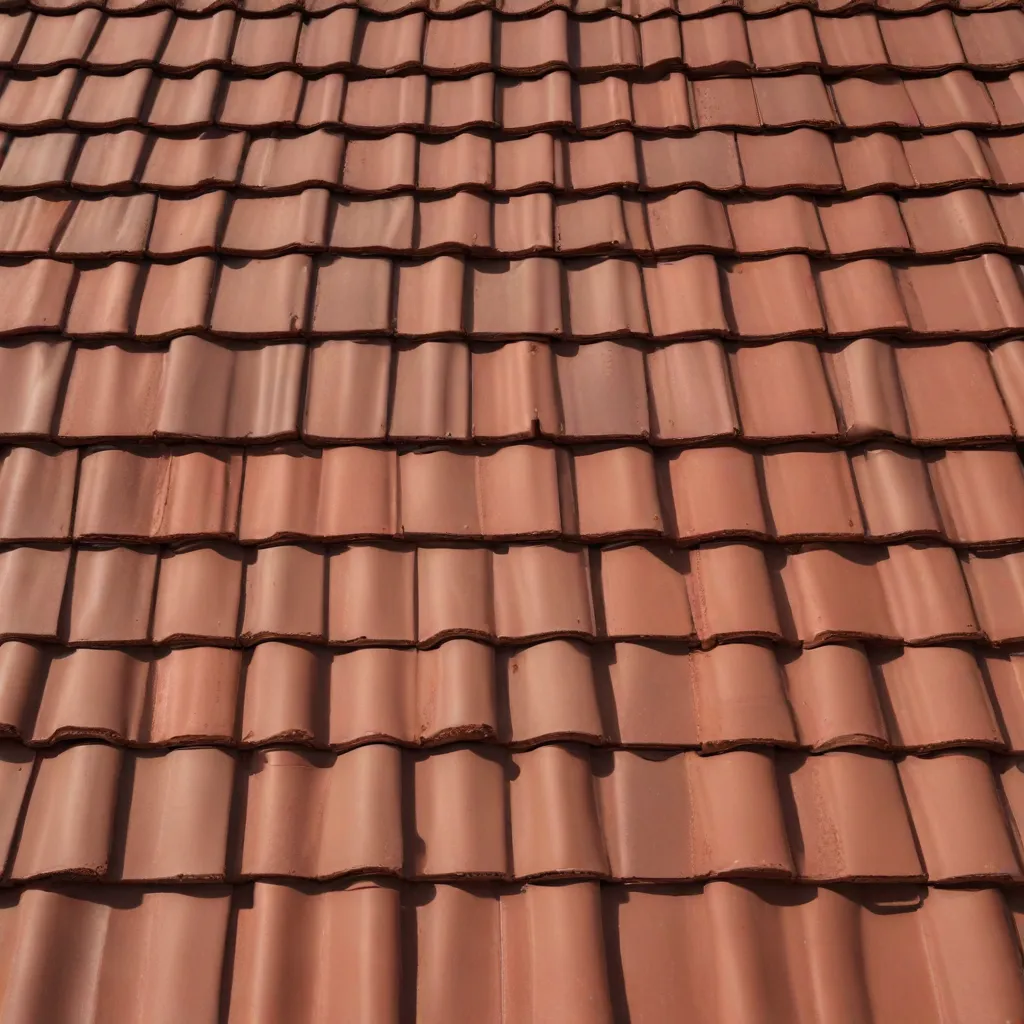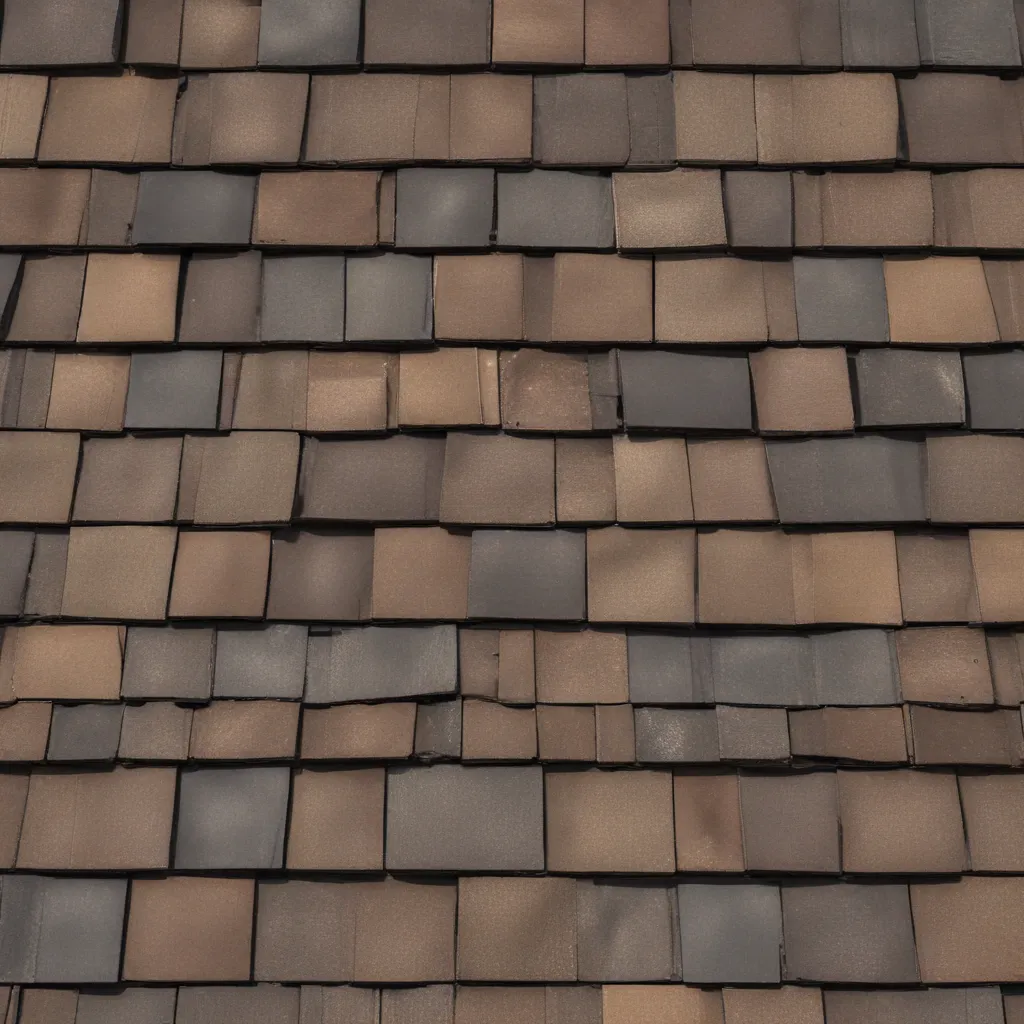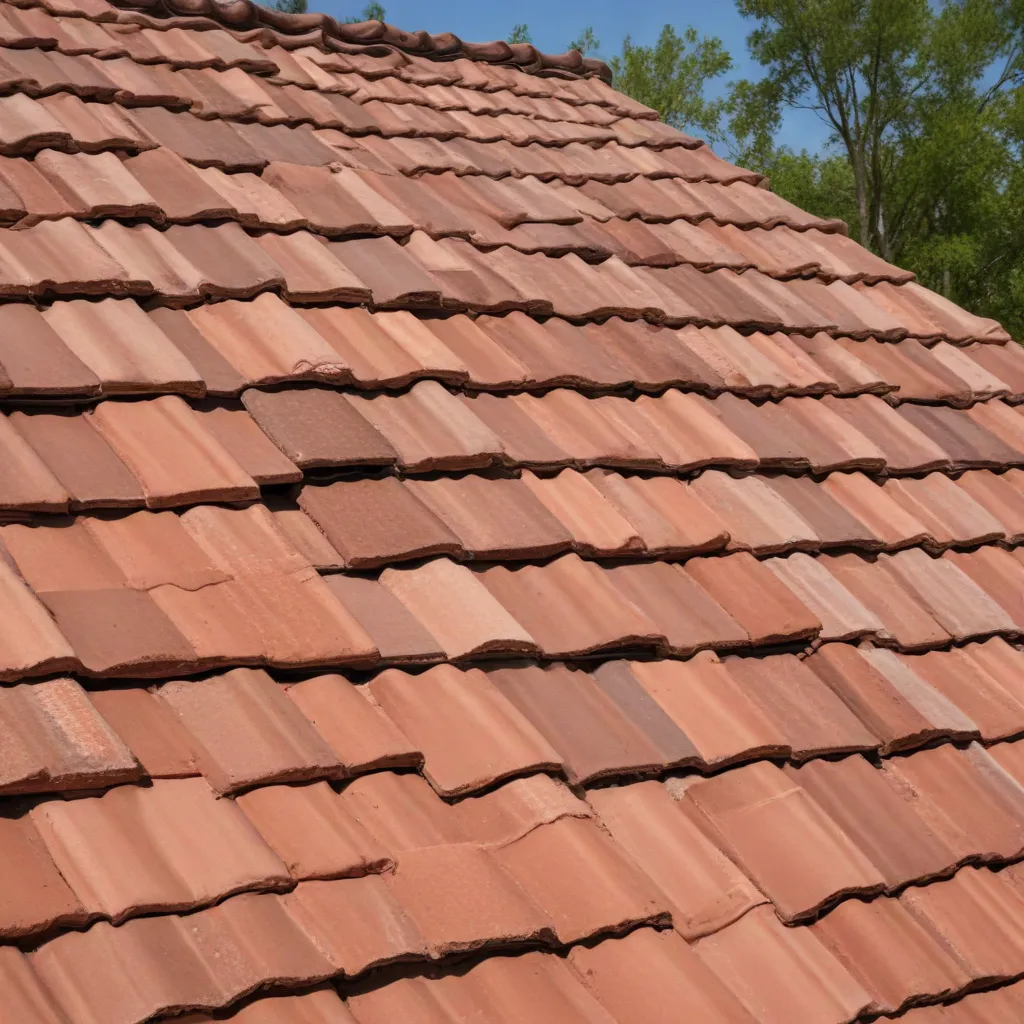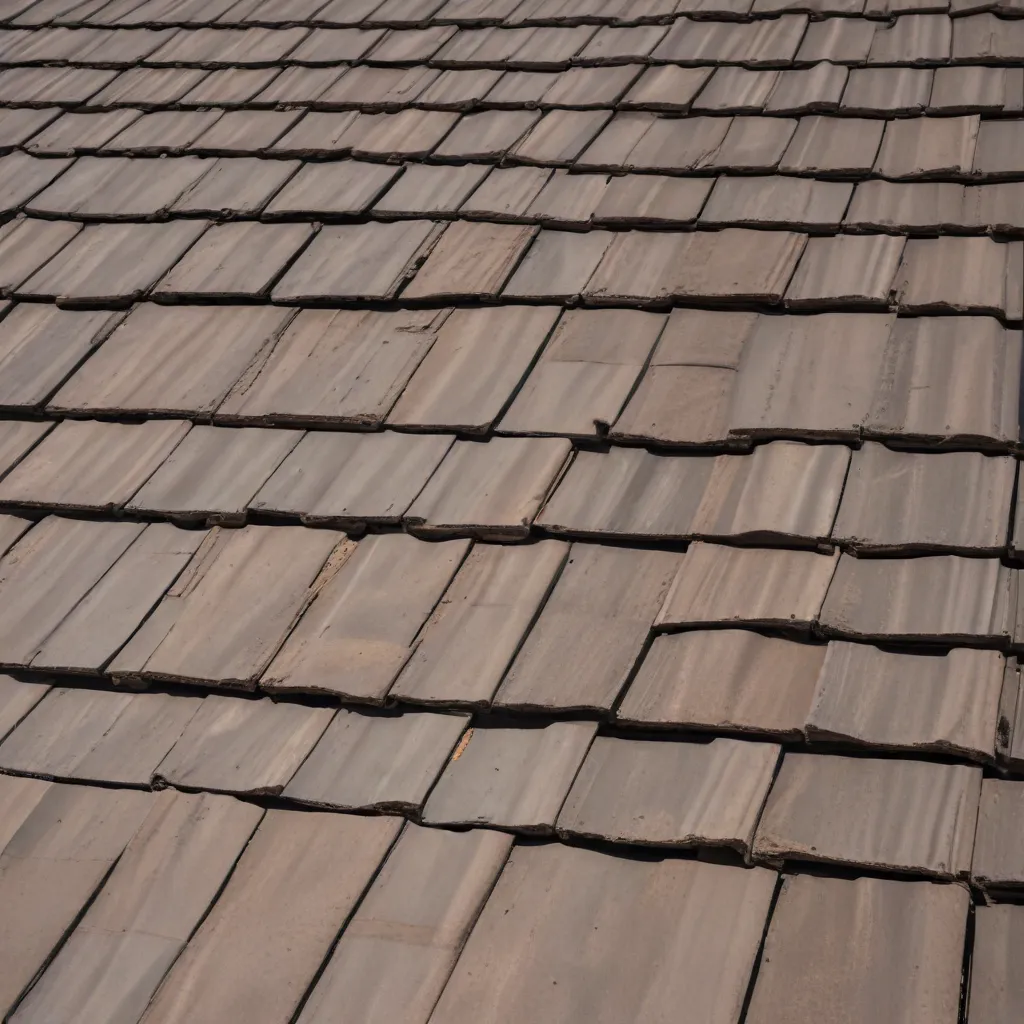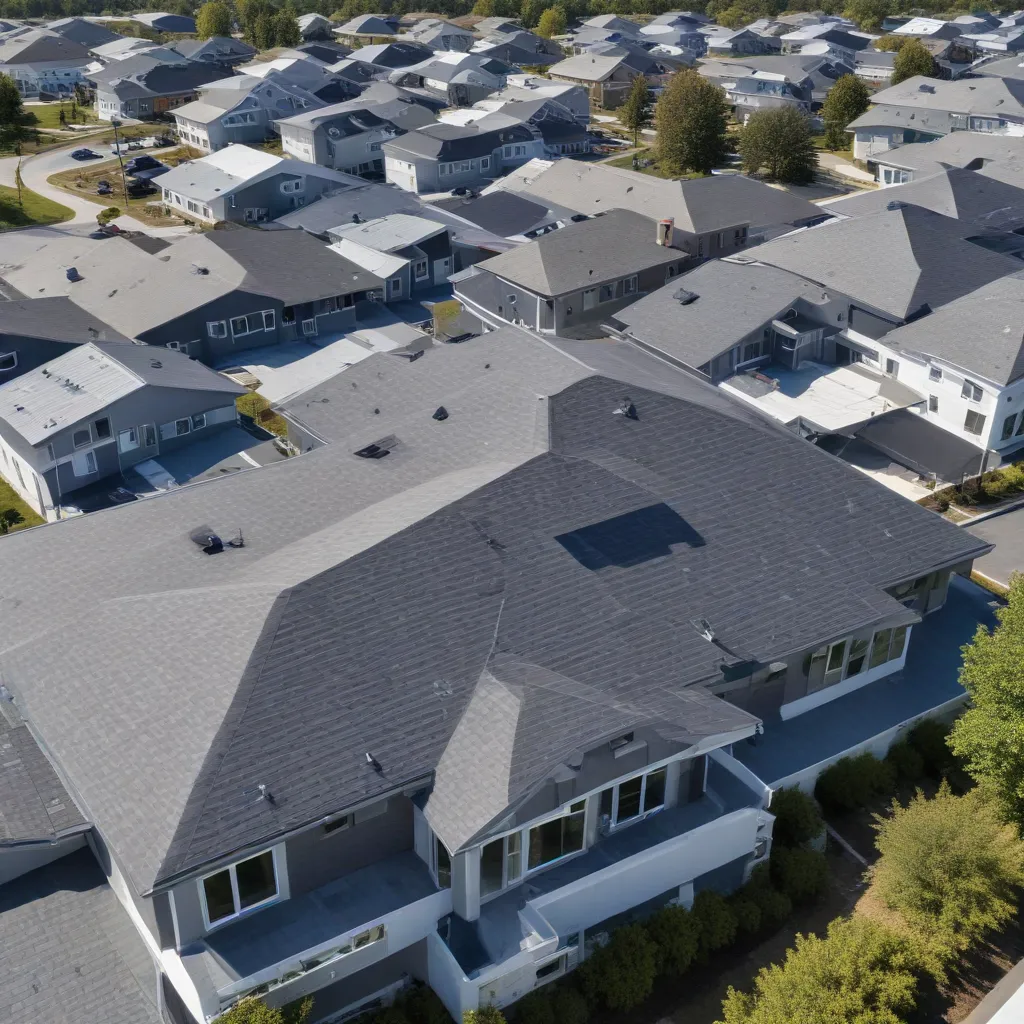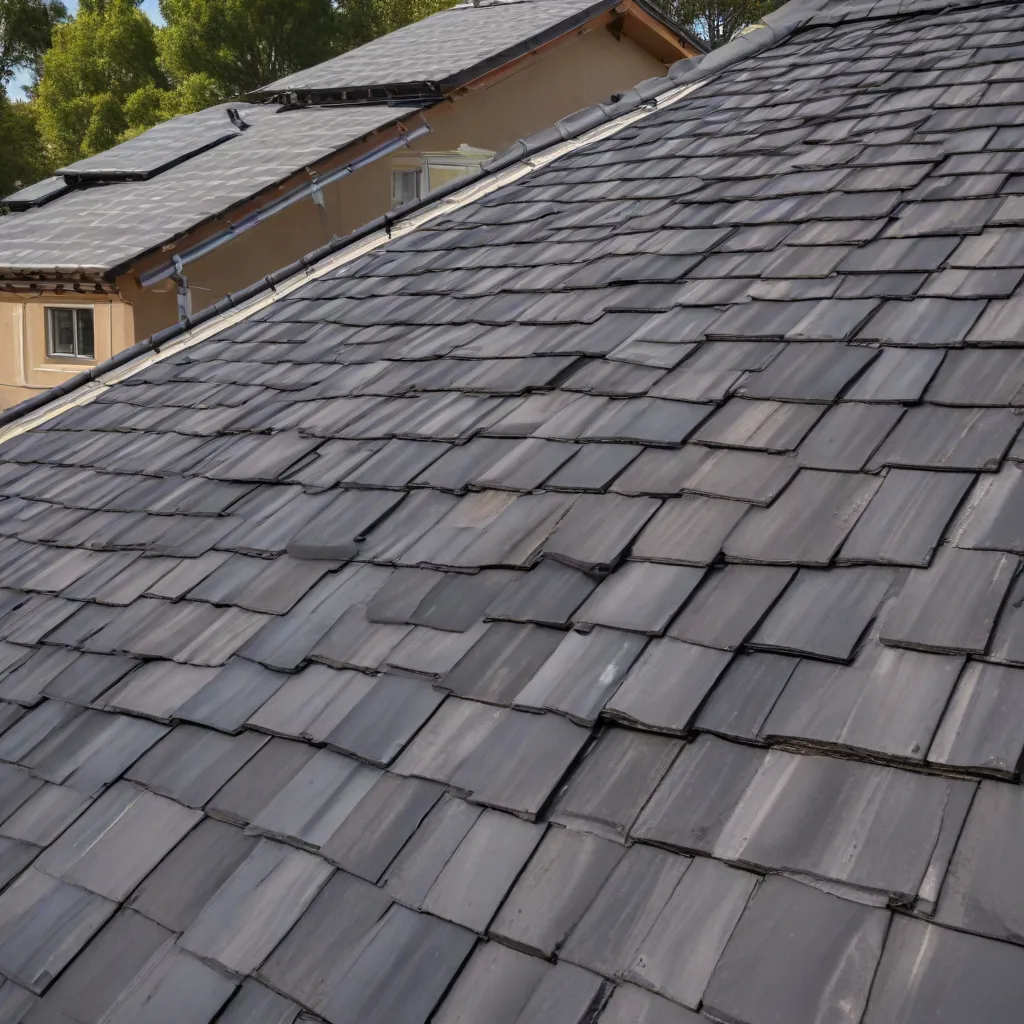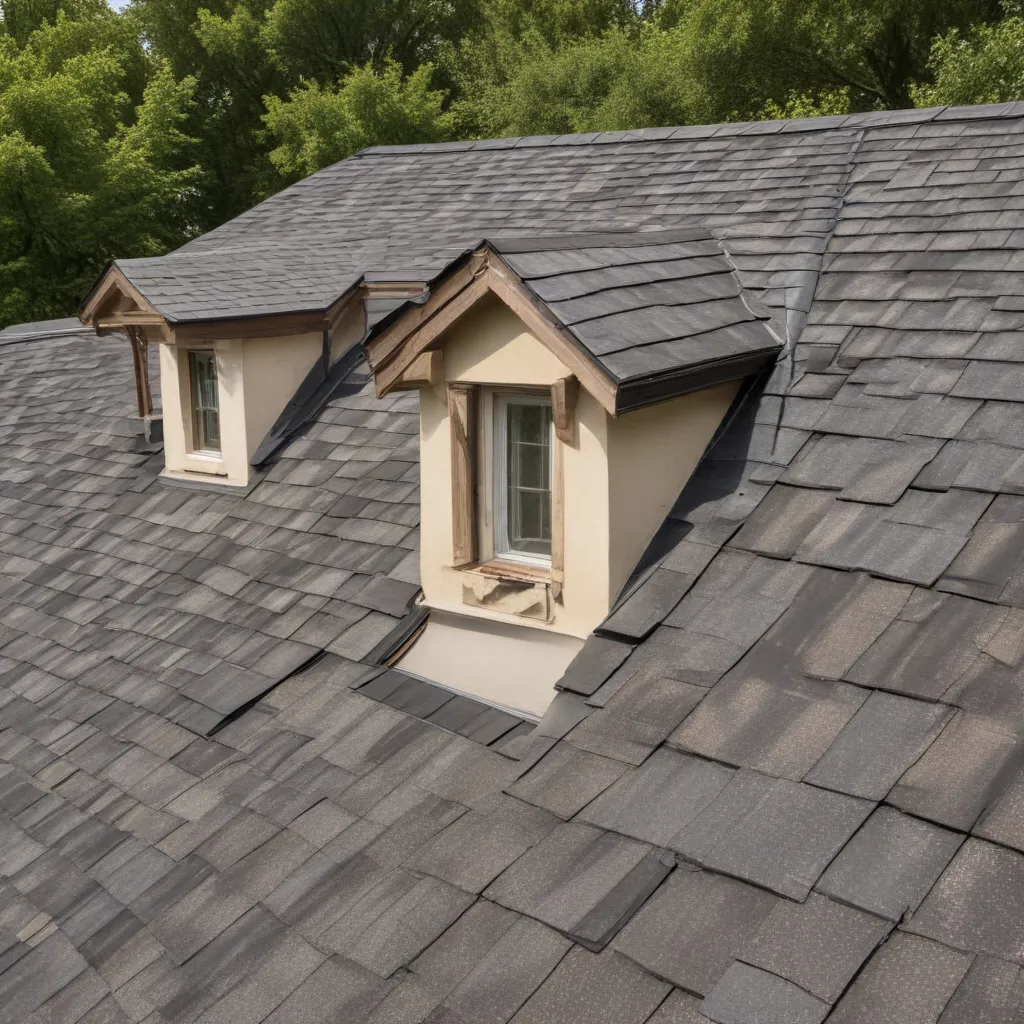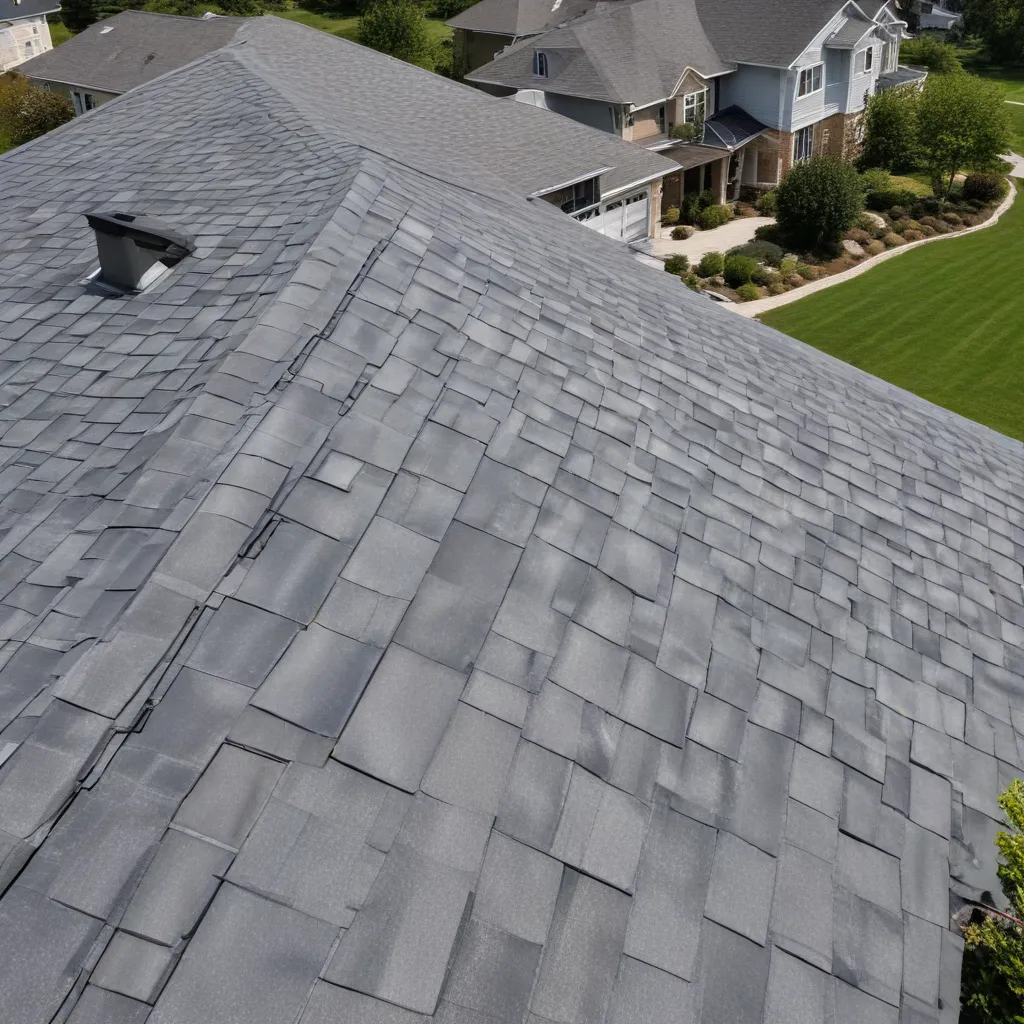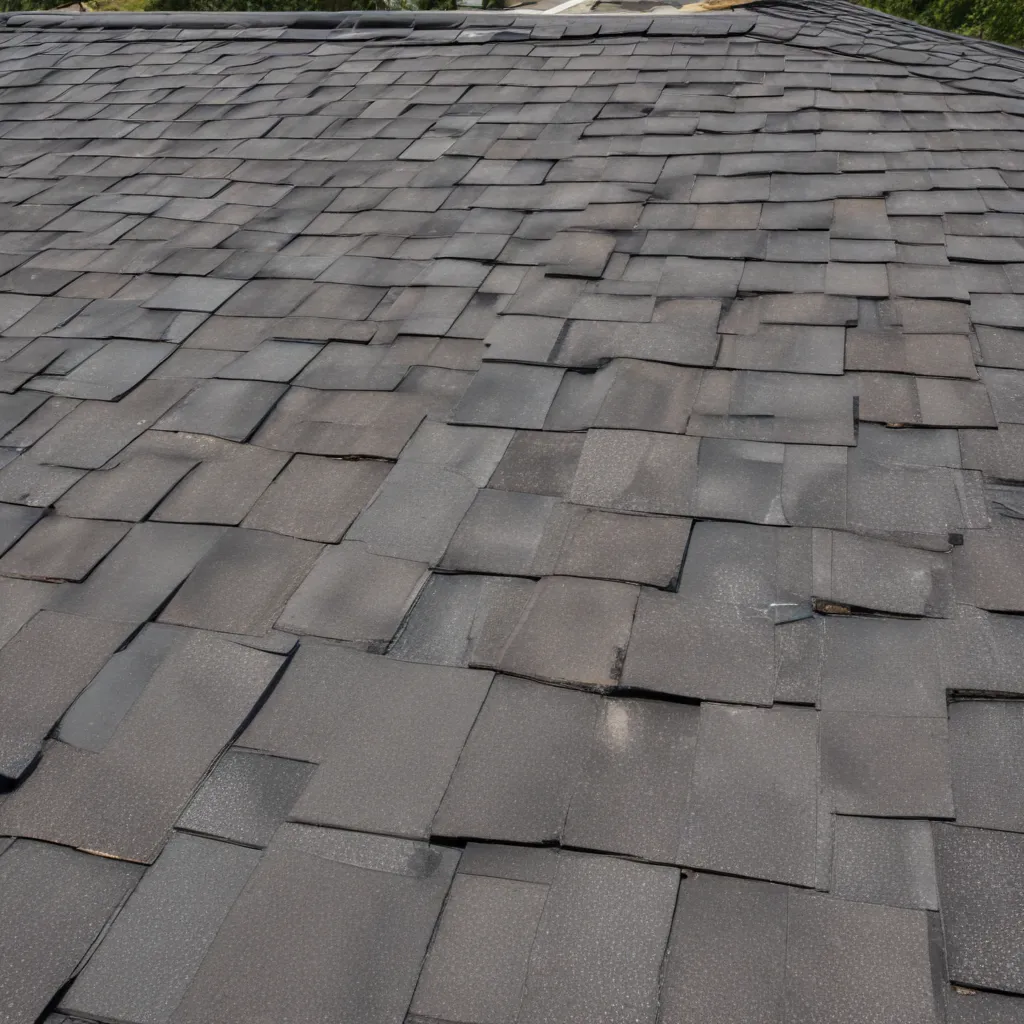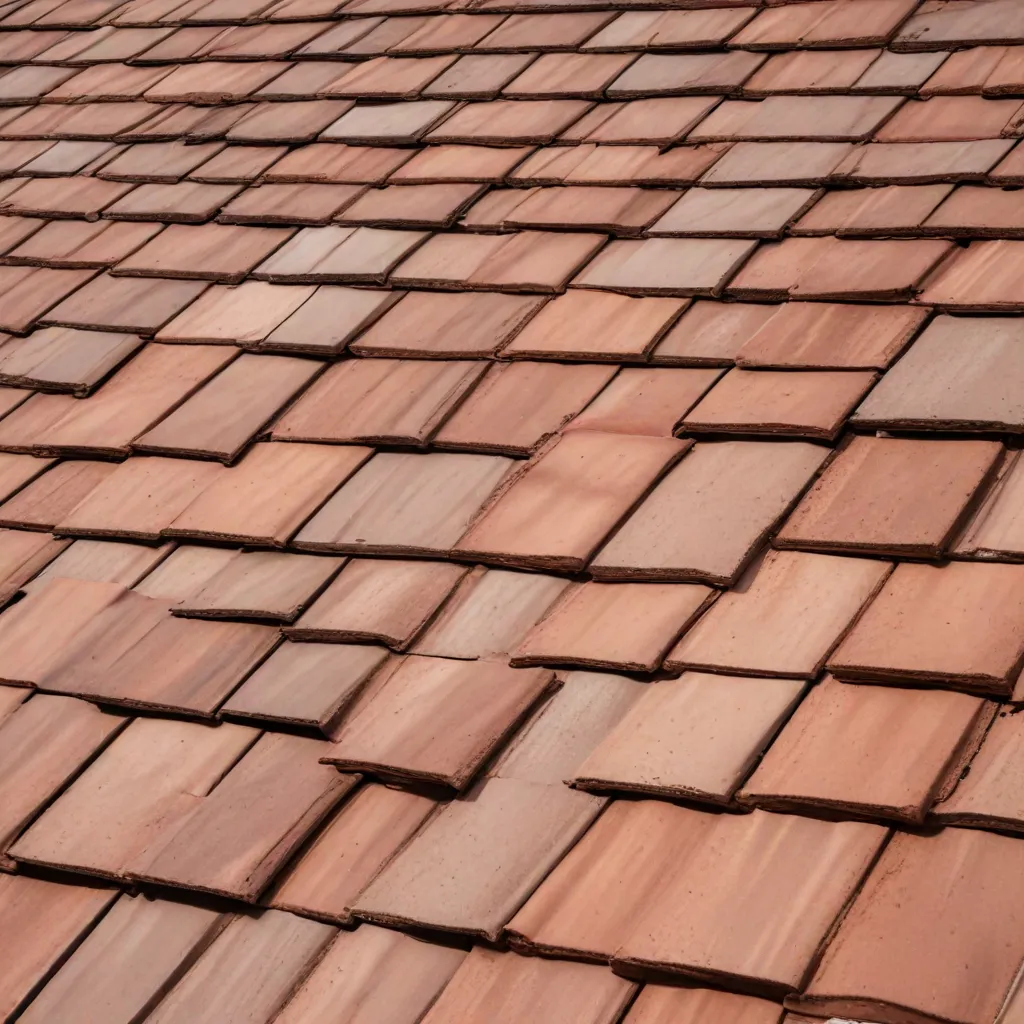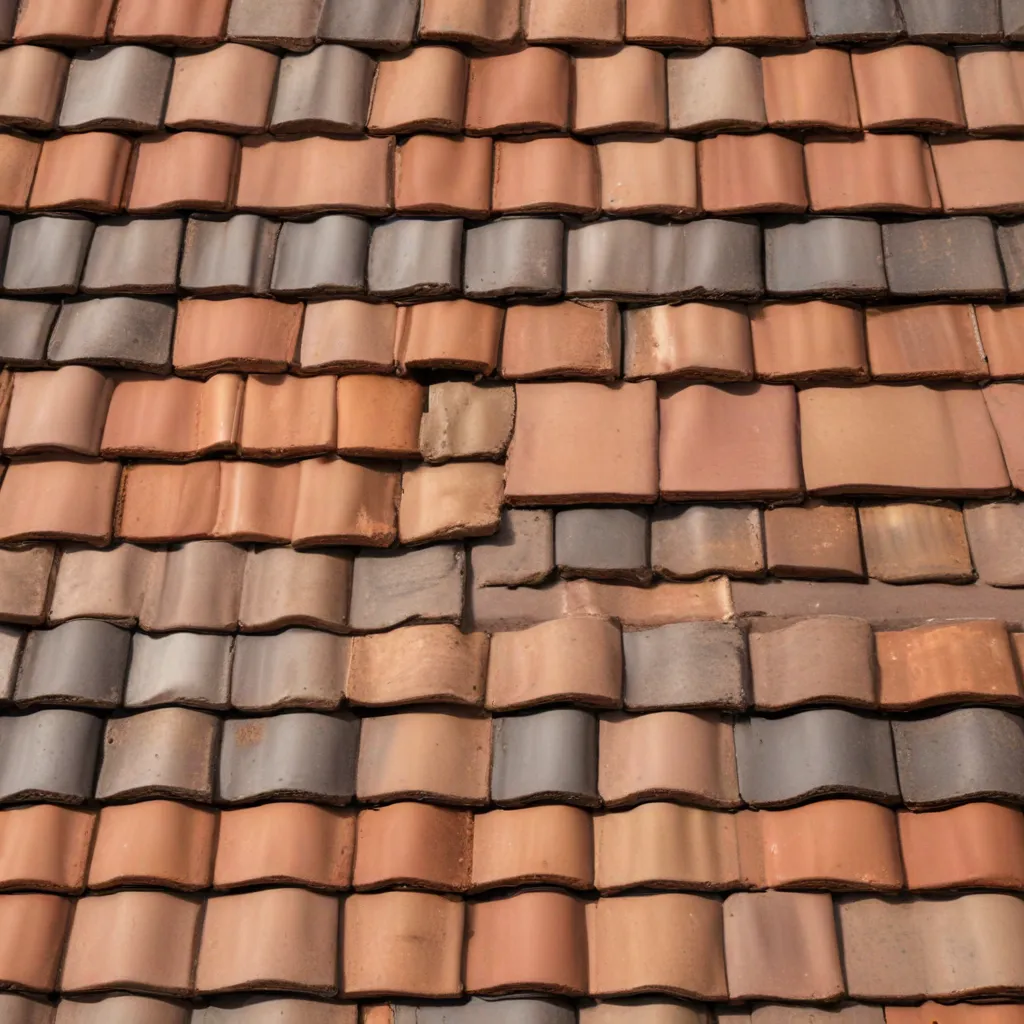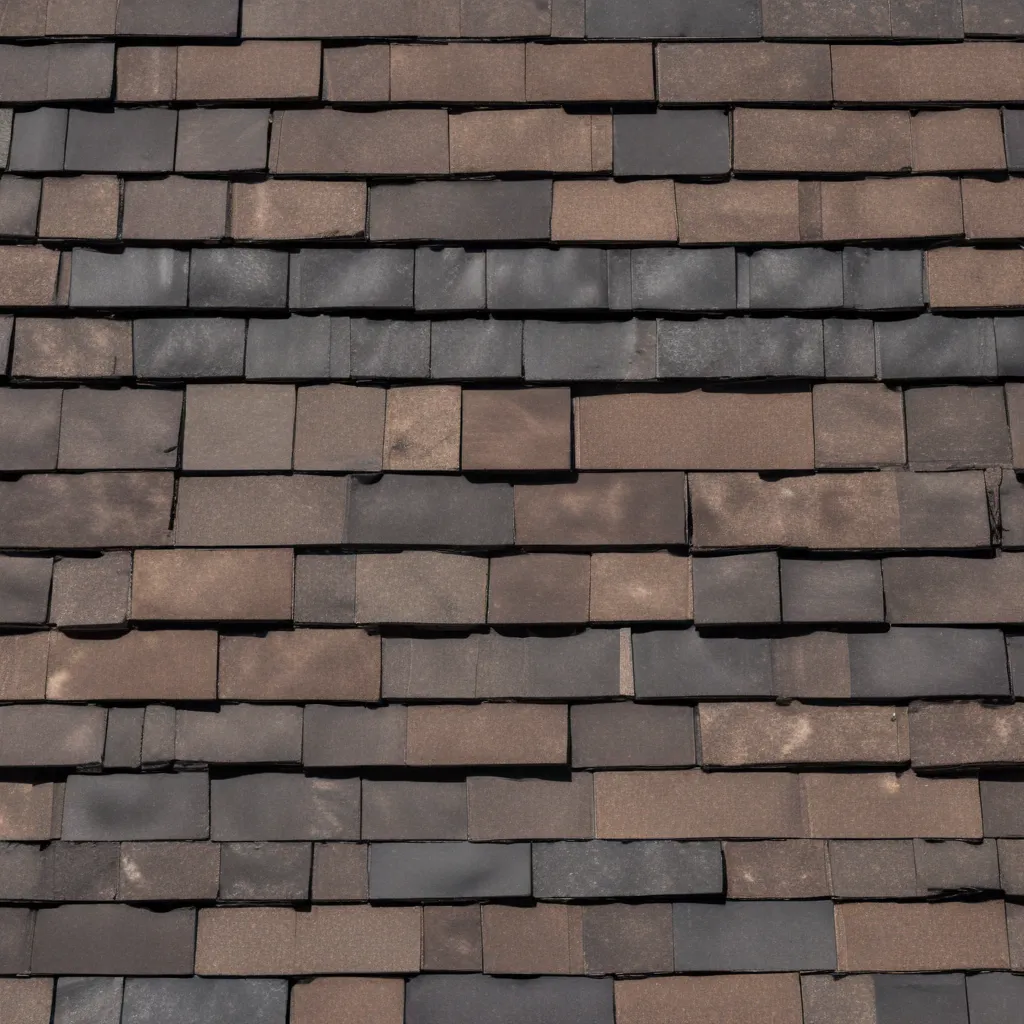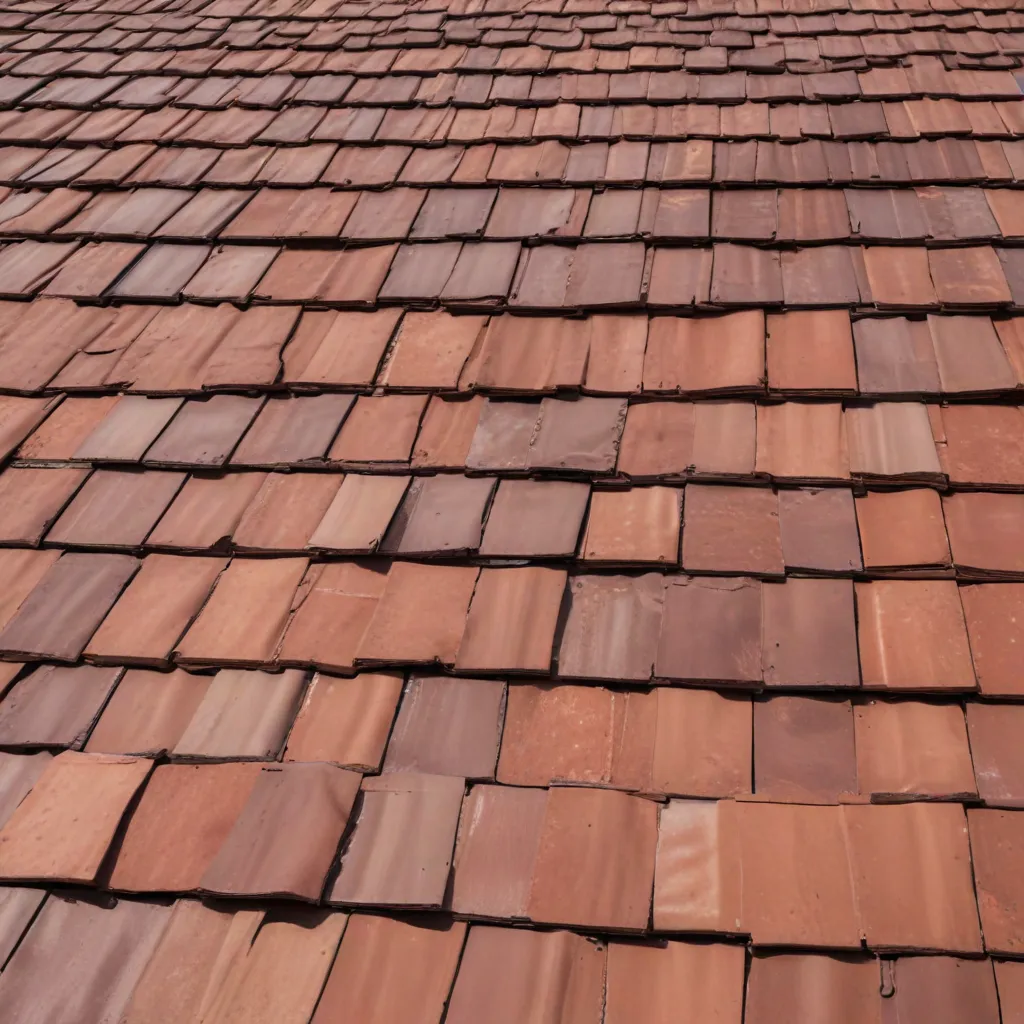Welcome to our comprehensive guide on identifying and repairing roof damage. Your roof is one of the most critical components of your home, protecting you and your belongings from the elements. Over time, however, it can suffer from wear and tear, leading to various issues that require timely attention.
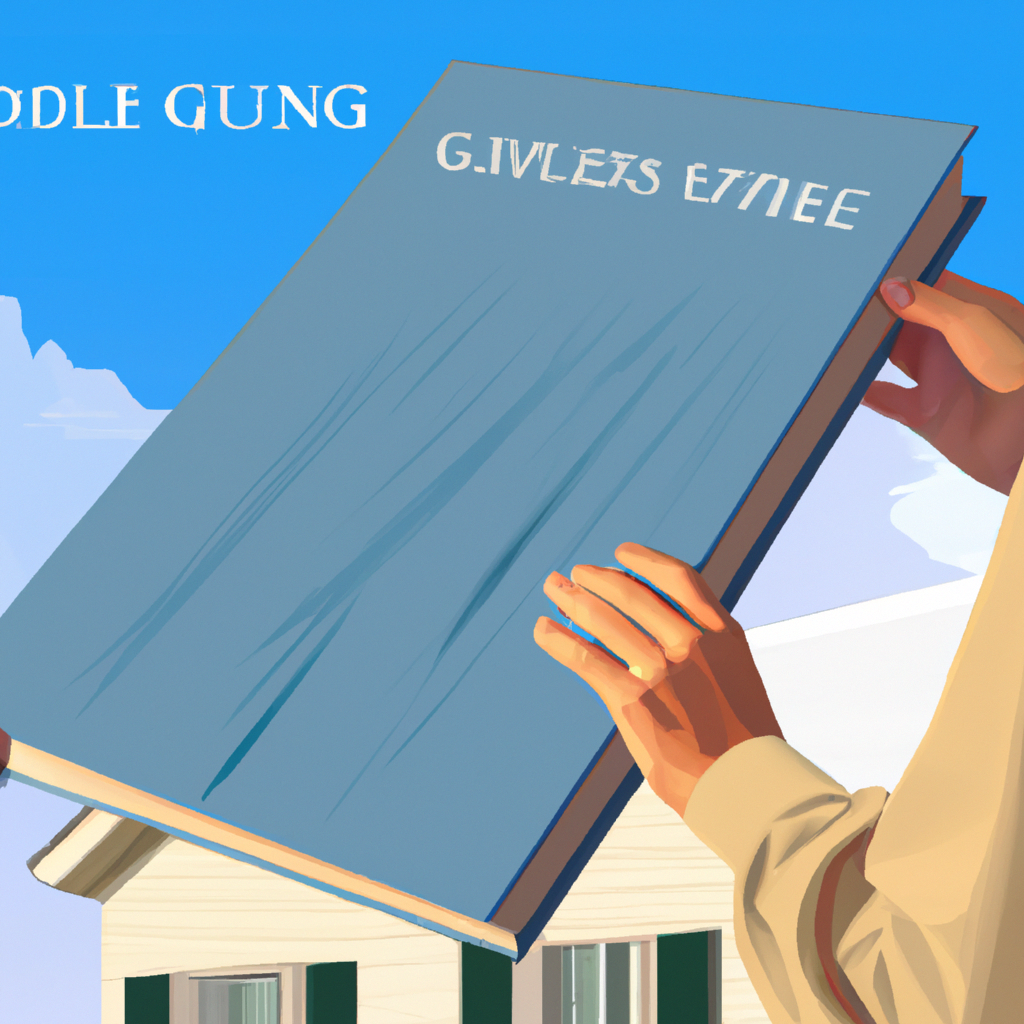
In this guide, we will walk you through the process of identifying common types of roof damage, understanding their causes, and providing practical solutions for repair. Whether you are a homeowner or a professional in the construction industry, this article aims to equip you with the knowledge and expertise needed to address roof damage effectively.
1. Understanding Different Types of Roof Damage
a. Missing or Damaged Shingles
One of the most obvious signs of roof damage is missing or damaged shingles. Shingles can become dislodged or cracked due to severe weather conditions, such as strong winds, hail, or heavy rain. When this occurs, it exposes your roof to potential leaks and further damage. Regularly inspect your roof for any missing or damaged shingles, and promptly replace them to maintain its integrity.
b. Roof Leaks
Roof leaks can cause significant harm to your home if left unattended. Water can seep through vulnerable spots, such as damaged flashing, cracked vents, or deteriorated sealants. If you notice water stains on your ceiling or walls, it is crucial to identify the source of the leak and fix it promptly. Ignoring roof leaks can lead to mold growth, structural damage, and costly repairs in the long run.
c. Sagging Roof
A sagging roof is a severe issue that requires immediate attention. It indicates structural problems, such as weakened supports or excessive load on the roof. The causes can vary from poor construction to water damage or a compromised foundation. If you notice any sagging areas on your roof, it is advisable to consult a professional to assess the extent of the damage and recommend appropriate repairs.
d. Damaged Flashing
Flashing plays a crucial role in preventing water penetration around roof openings, such as chimneys, skylights, or vents. Over time, flashing can deteriorate or become loose, allowing water to seep into your home. Regularly inspect the flashing for signs of damage, such as rust, cracks, or gaps, and promptly repair or replace it to maintain a watertight seal.
e. Clogged Gutters
Clogged gutters can lead to a range of problems, including roof damage. When leaves, debris, or other obstructions block the flow of water, it can overflow and seep into the roof, causing water damage and potential leaks. Ensure you regularly clean and maintain your gutters to prevent these issues and extend the lifespan of your roof.
f. Ice Dams
Ice dams are a common problem in colder regions. They form when heat escapes from the attic, causing snow on the roof to melt and refreeze along the eaves. This ice buildup can prevent proper drainage, leading to water seepage under the shingles. Adequate insulation and ventilation in your attic can help prevent ice dams and protect your roof from potential damage.
g. Storm Damage
Severe storms, including hurricanes, tornadoes, or heavy storms, can cause significant damage to your roof. High winds can lift shingles, while hail can dent or crack them. Falling debris, such as tree branches, can also puncture or dislodge shingles. After a storm, it is crucial to inspect your roof for any visible damage and arrange for necessary repairs to prevent further issues.
2. Inspecting and Assessing Roof Damage
Now that you are familiar with the different types of roof damage, let’s delve into the process of inspecting and assessing the extent of the damage. While some issues may be visible to the naked eye, others might require a closer examination or the assistance of a professional.
a. Visual Inspection
Begin by visually inspecting your roof from the ground, looking for any obvious signs of damage, such as missing shingles, loose flashing, or sagging areas. Use binoculars if necessary to get a closer look. Take note of any areas that appear damaged or in need of repair.
b. Attic Inspection
Next, head to your attic to conduct an interior inspection. Look for any signs of water stains, mold growth, or daylight filtering through the roof boards. These can indicate leaks or other underlying issues. Additionally, check the insulation for dampness, as it can be a sign of water infiltration.
c. Professional Inspection
If you are unsure about the extent of the damage or are uncomfortable conducting the inspection yourself, it is advisable to hire a professional roofer. They have the expertise and experience to identify hidden damage and provide an accurate assessment of your roof’s condition. A professional inspection can help you prioritize repairs and ensure the longevity of your roof.
3. Repairing Roof Damage
Once you have identified the type and extent of the roof damage, it’s time to address the repairs. While minor repairs can be done by homeowners, complex or extensive damage may require the expertise of a professional roofer. Here are some common repair methods for different types of roof damage:
a. Shingle Replacement
To replace missing or damaged shingles, start by carefully removing the old shingle using a pry bar or similar tool. Clean the area and apply roofing cement to secure the new shingle in place. Ensure proper alignment and secure it with roofing nails. Finally, seal the edges with roofing cement for added protection against water infiltration.
b. Fixing Roof Leaks
To fix roof leaks, start by identifying the source of the leak and tracing it back to the damaged area. Clean the area thoroughly and apply roofing cement or an appropriate sealant to seal the leak. If the damage is extensive, it may be necessary to replace the affected section of the roof or consult a professional for assistance.
c. Strengthening Roof Structure
If your roof is sagging or showing signs of structural damage, it is essential to consult a professional immediately. They will assess the extent of the damage and recommend appropriate repairs, such as reinforcing supports, replacing damaged rafters, or addressing any underlying issues causing the sagging.
d. Flashing Repair or Replacement
To repair damaged flashing, start by removing the old flashing using a pry bar or similar tool. Clean the area and apply a new layer of roofing cement. Install the new flashing, ensuring a proper fit and alignment. Secure it in place with roofing nails or screws, and seal the edges with roofing cement to create a watertight seal.
e. Gutter Cleaning and Maintenance
Regularly clean and maintain your gutters to prevent clogs and potential roof damage. Remove any leaves, debris, or obstructions that hinder the flow of water. Consider installing gutter guards to minimize the accumulation of debris and reduce the frequency of cleaning required.
f. Preventing Ice Dams
To prevent ice dams, ensure your attic is adequately insulated and ventilated. This helps maintain a consistent temperature on the roof, preventing snow from melting and refreezing along the eaves. Additionally, consider using heat cables or installing a snow and ice shield to minimize ice dam formation.
g. Professional Repairs
For complex or extensive damage, it is advisable to hire a professional roofing contractor. They have the necessary tools, expertise, and safety measures to address intricate repairs and ensure the longevity of your roof. Additionally, professional repairs often come with warranties, providing you with added peace of mind.
Conclusion
In conclusion, identifying and repairing roof damage is crucial for maintaining the integrity of your home and protecting it against potential water damage and other issues. By understanding the different types of roof damage, conducting thorough inspections, and addressing necessary repairs promptly, you can ensure the longevity of your roof and the safety of your property. Remember, when in doubt, consult a professional roofer to ensure the best possible outcome for your roof repair needs.

